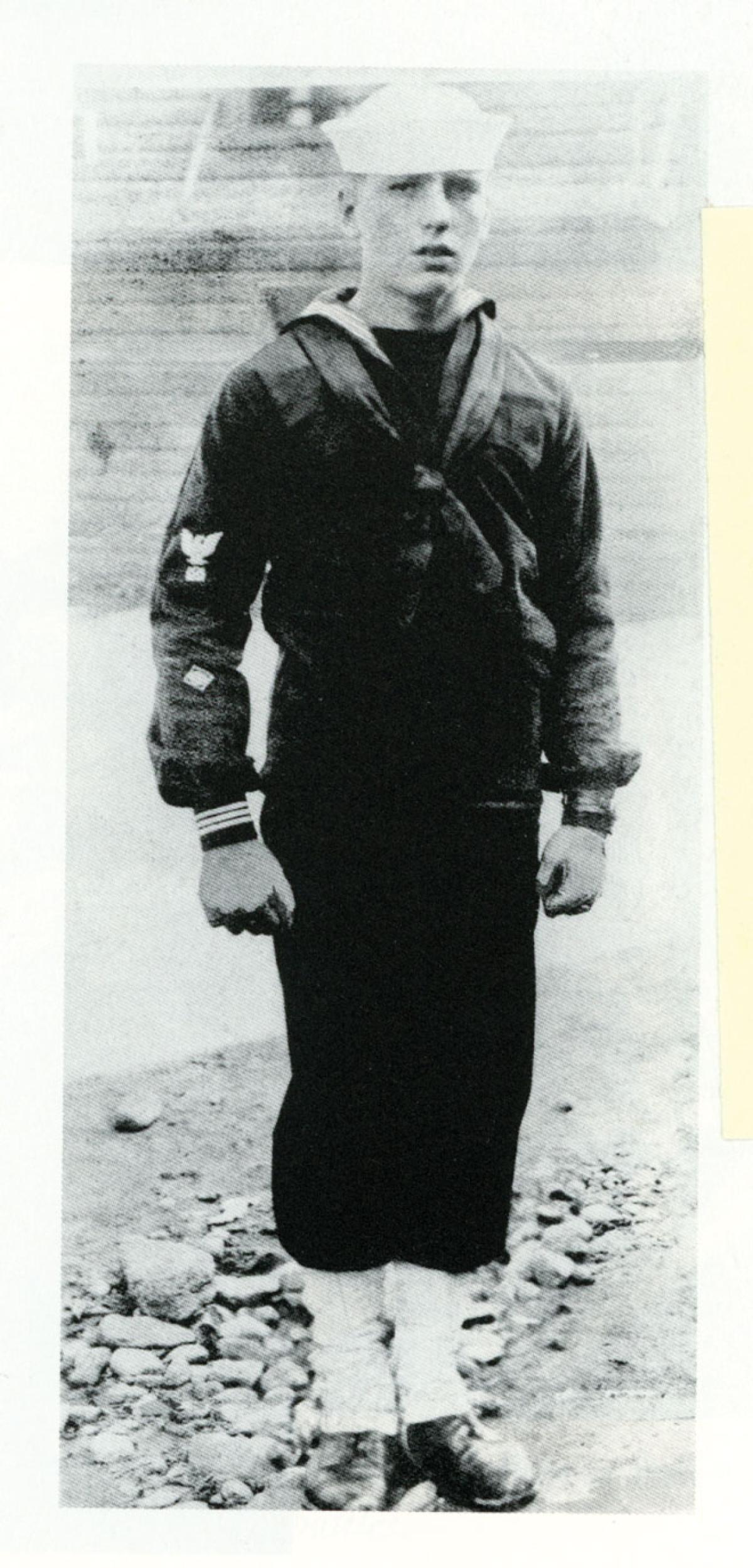It is an interesting irony of World War I that U.S. troops who showed up in mass numbers to defeat the Germans were transported in German ships. (See “A Sailor’s Letters Home, p. 44). The Vaterland was one such repurposed vessel—a Hamburg-built 950-foot Imperator-class ocean liner designed for the transatlantic passenger trade. Unluckily for Germany and luckily for Uncle Sam, the Vaterland was laid up at Hoboken, New Jersey, when the United States entered the war on 6 April 1917. The U.S. shipping board seized her, and turned her over to the U.S. Navy, and the one-time luxury liner metamorphosed into the mega-troop transport USS Leviathan (ID-1326). (This picture captures her with her war face on, sporting the British “dazzle”-type camouflage.) The Leviathan could move 12,000 troops—the equivalent of a German division—in one crossing, and the Army-Navy team got the drill down to where they could board 11,000 troops in just two hours. By war’s end the “Levi Nathan,” as they called her, had carried 119,000 troops to Europe. When victory was won, she brought them back stateside in droves as well.
How comforting for the folks back home it must have been to receive the Red Cross courtesy postcard shown here, an item from the collection of a Naval Institute member. With so many young men shipping out in such a large-scale war, one can imagine how the post office had its hands full with these American Expeditionary Forces Soldiers’ Mail Notification Cards back in the day.
Incidentally, one teenaged U.S. sailor serving on board the Leviathan would become more famous than even the ship herself. He was a hellion from a well-heeled family who’d been kicked out of Phillips Academy and joined the Navy to get a taste of adventure. Later, during his years of worldwide celebrity, some stories would credit his trademark upper-lip scar and lisp to a shrapnel wounding during his Leviathan service, but that was all so much hooey. Nonetheless, his brief naval career did include a stint on the “Levi Nathan,” and this photo of him dates from that period. If you study it closely, you can already detect that cynical Humphrey Bogart scowl that was destined to become an iconic image on the silver screen.



